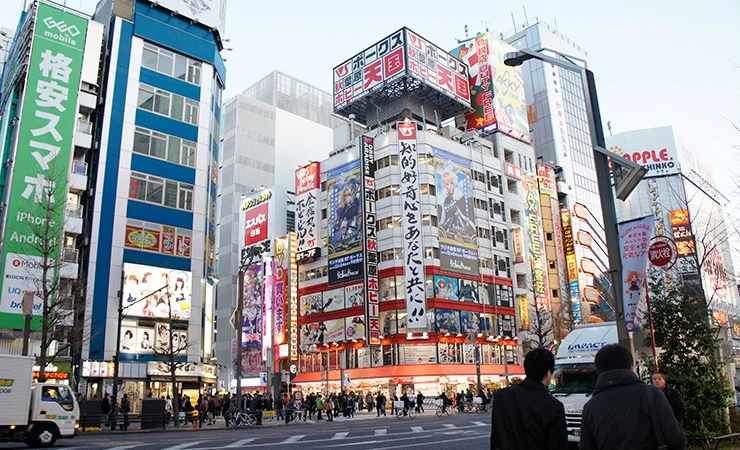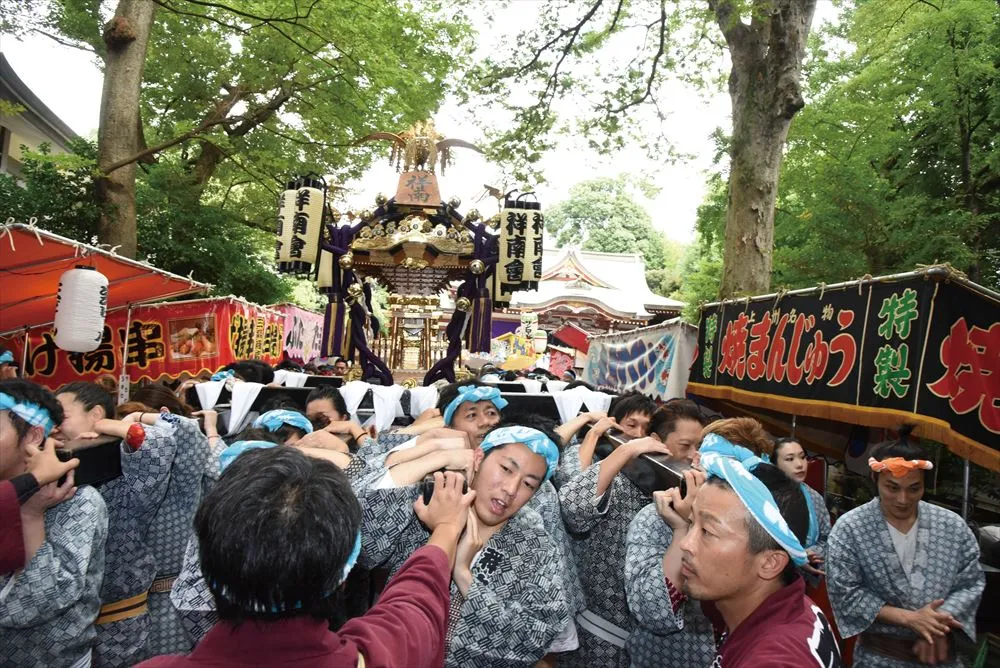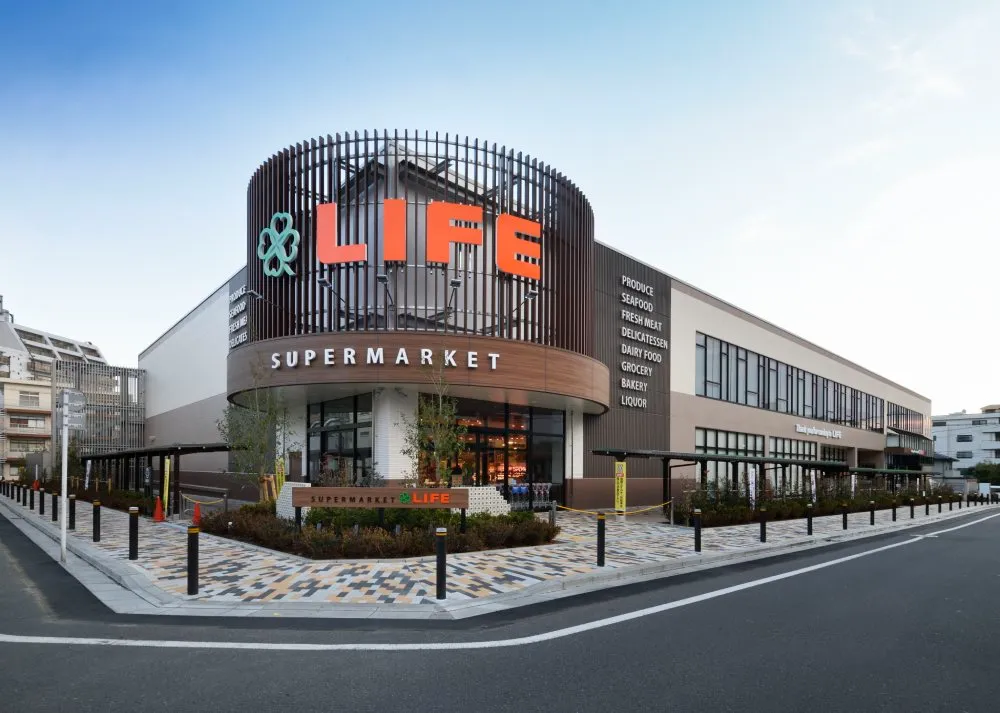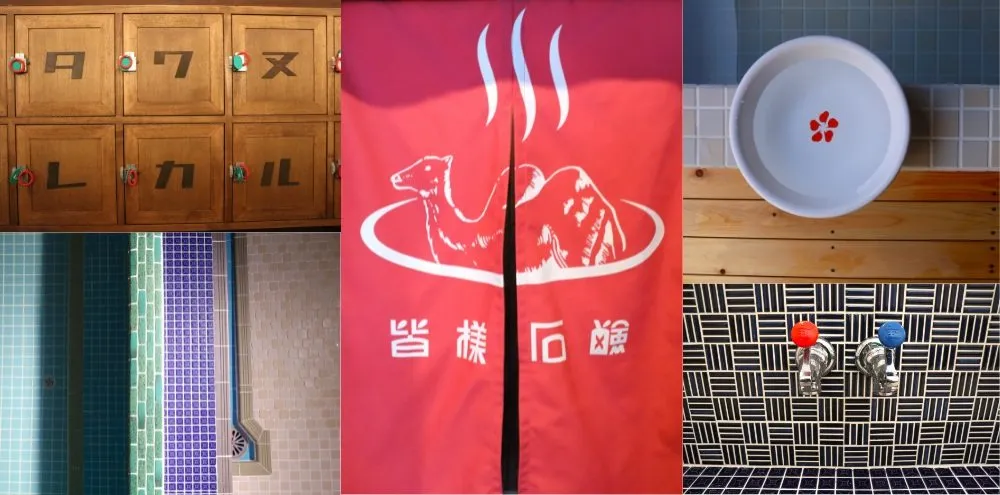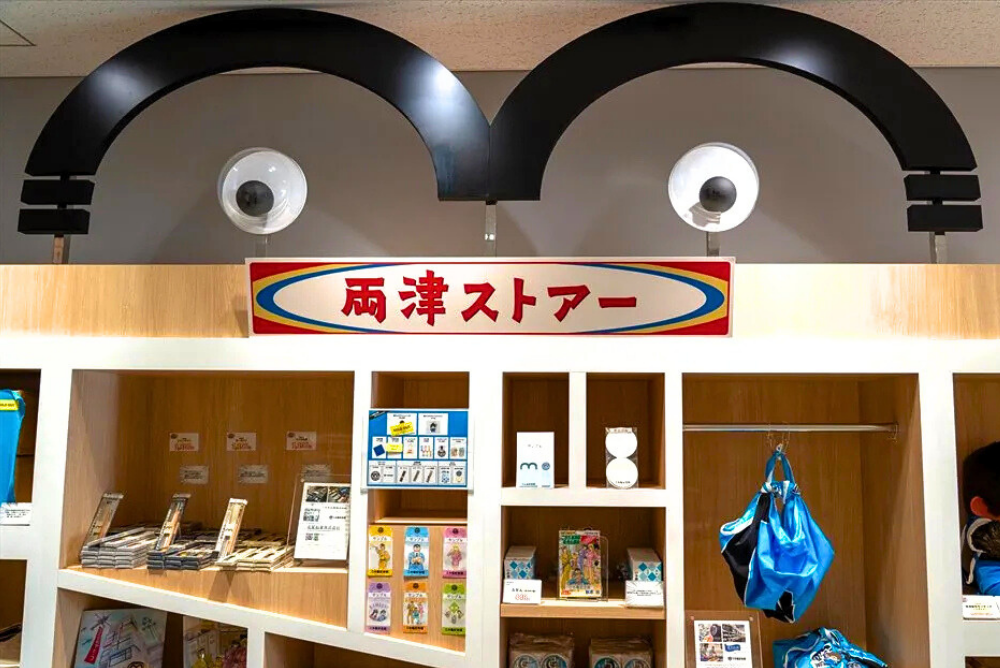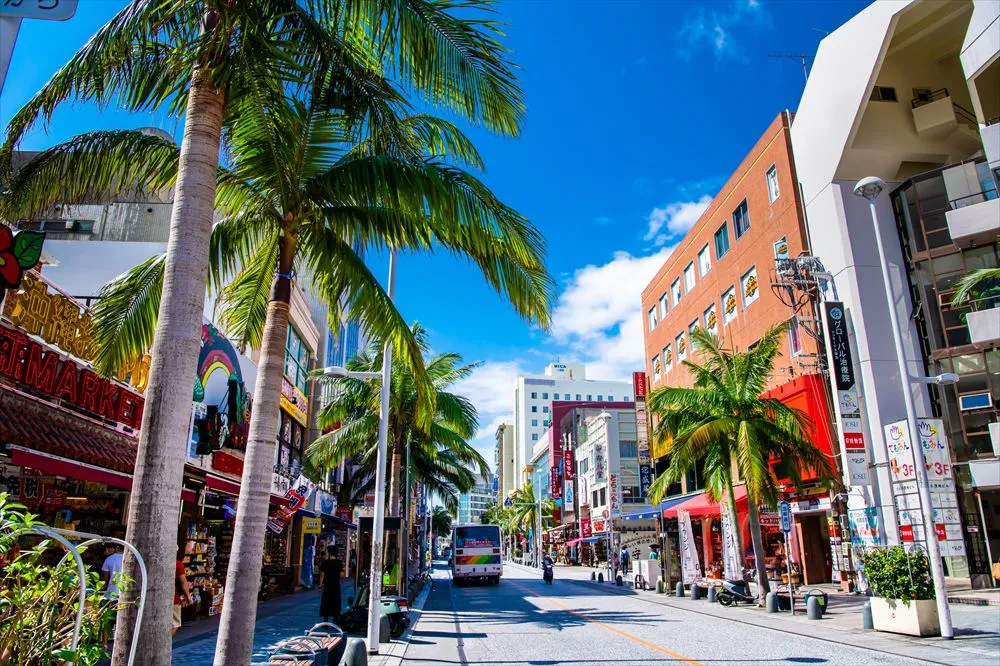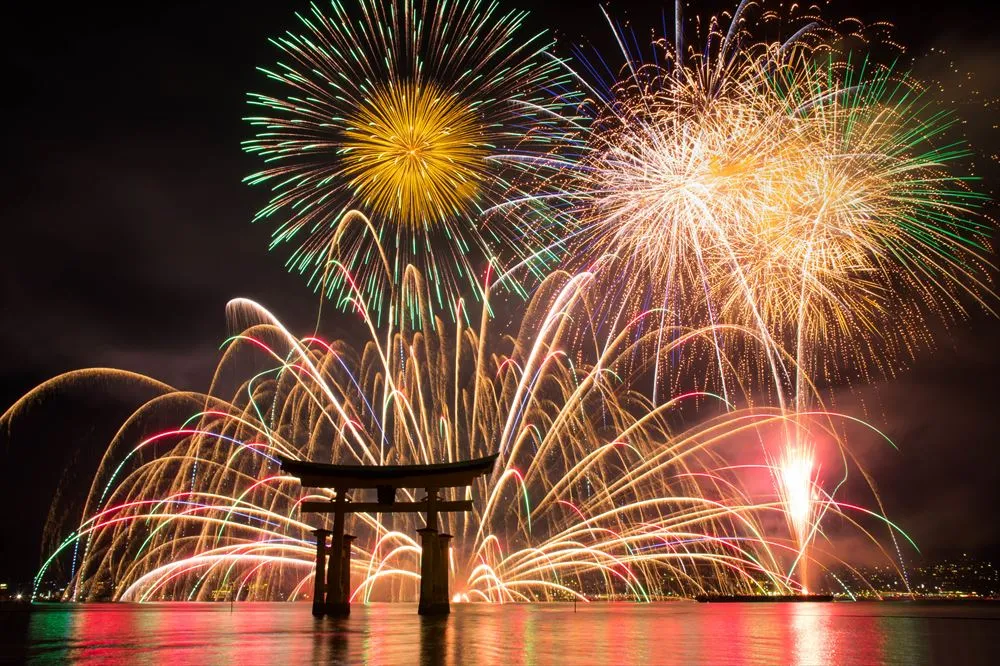On the sunny day of May 11, the Shinko-sai ritual of the Kanda-matsuri Festival for the first year of Reiwa was held.
Kanda-matsuri Festival for the first year of Reiwa was held!
Kanda-matsuri Festival for the first year of Reiwa was held!
Shinko-sai Ritual for Kanda-matsuri Festival
Shinko-sai is a sacred ritual where a parade consisting of three special mikoshi, called “horen mikoshi,” for three kami deities of Kanda Myojin (Daikoku, Ebisu, and Masakado) along with other mikoshi and kanko-dashi and shishigashira-dashi floats go around parishioner communities of Kanda Myojin to purify them.
Among the deities of Kanda Myojin, Daikoku (oonamuchi-no-mikoto) is the deity of good relationships, Ebisu (sukunahiko-no-mikoto) is the deity of commerce and prosperity, and Masakado, which refers to Taira no Masakado, a samurai in the mid-Heian Period (mid-10th century) who led a large insurgent group against the Heian government, is the deity of repelling evil and victory.





Tsuke-matsuri Event Adds Gaiety
The parade leaves Kanda Myojin in the morning and stops in at a space called “okariya” at Yagenbori Fudo-in Temple to perform the noon ritual. “Okariya” is a stopping point for a mikoshi parade to drop by to perform a festival-related event. Yagenbori Fudo-in Temple is known as one of the three biggest fudo temples in Edo (current Tokyo), along with Meguro Fudo and Mejiro Fudo, and is located in Higashi-Nihonbashi. Shinko-sai continues in the afternoon and, by the evening, the Tsuke-matsuri event (a unique parade with various floats) joins the parade, making it more boisterous. This year, floats based on old stories such as “Urashima Taro” and “Hanasaka jisan” appeared in the parade.





Mikoshi togyo by Respective Parishioner Communities
In the evening of May 10, the day before Kanda-matsuri, mikoshi mitamaire and mikoshi-togyo were conducted by respective parishioner communities. Mikoshi mitamaire is a sacred ritual where goshinrei (gods’ spirits) are put into each of the 200 mikoshi for 108 parishioner communities. It is conducted by shinshoku (persons responsible for performing rituals and clerical work for a shrine) of Kanda Myojin at mikisho and okariya, where mikoshi for respective parishioner communities are stored, along with parishioner members in matching hanten (traditional cotton jacket) or yukata. After this ritual, all the mikoshi have received goshinrei and go through the areas around Kanda, infusing each area with the excitement of the festival. After that, mikoshi from respective communities go through their communities, which is called “chiiki togyo,” purifying places here and there in the town.

On May 12, mikoshi miyairi was conducted, where mikoshi from each parishioner community set out for Kanda Myojin. The sacred rituals of Kanda-matsuri Festival continued until the main annual festival on May 15.
